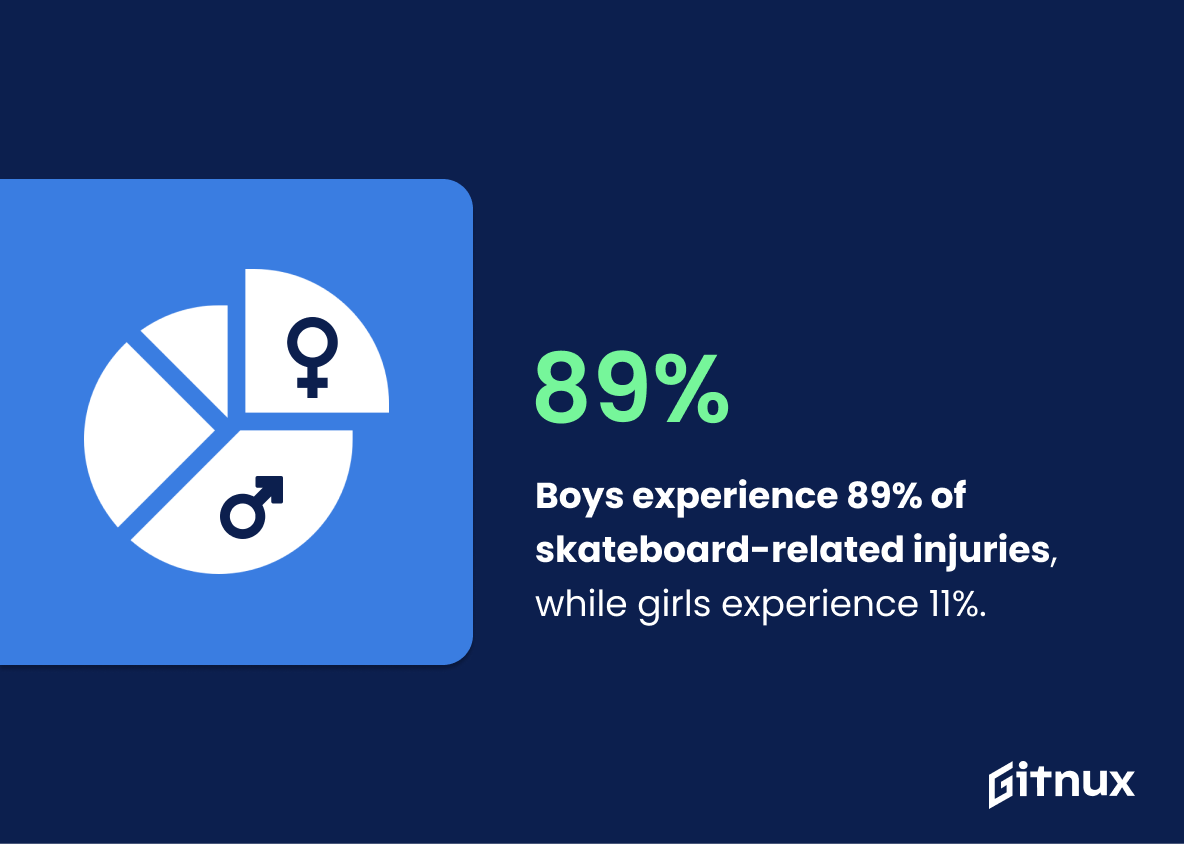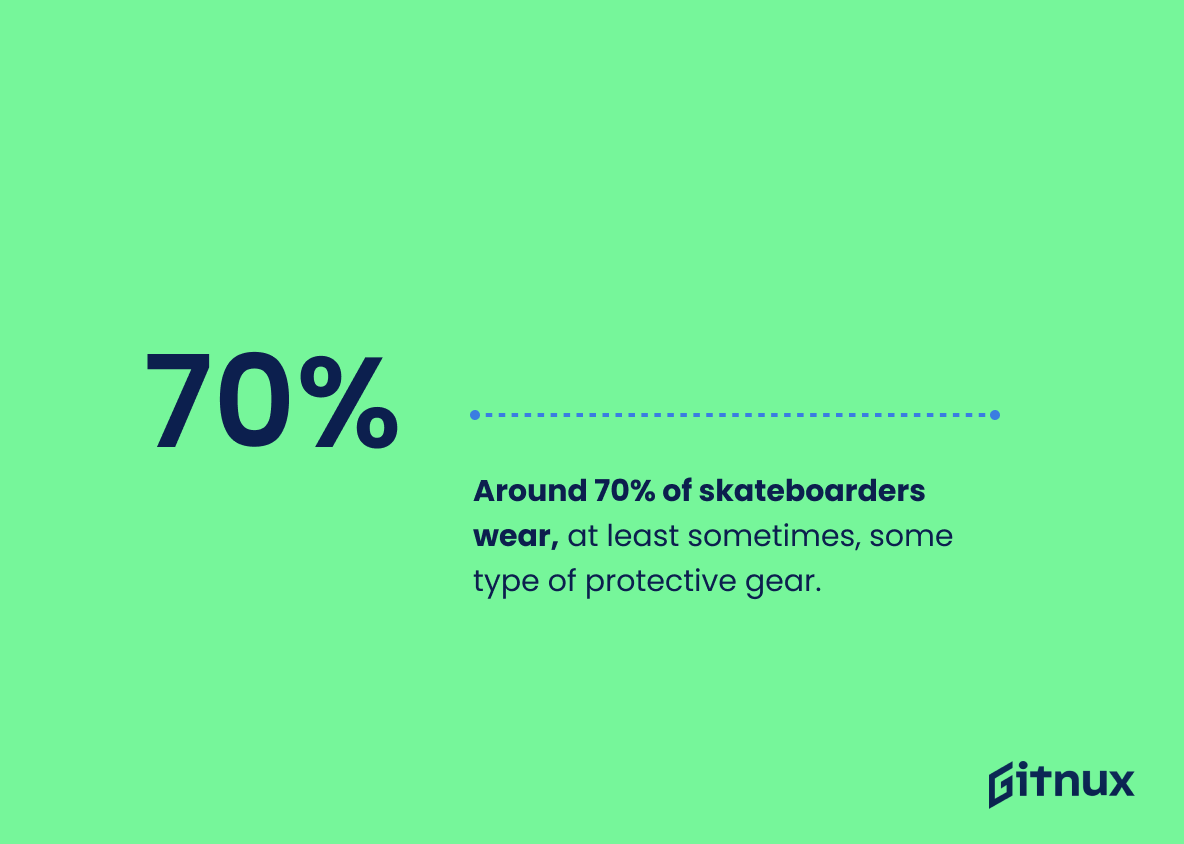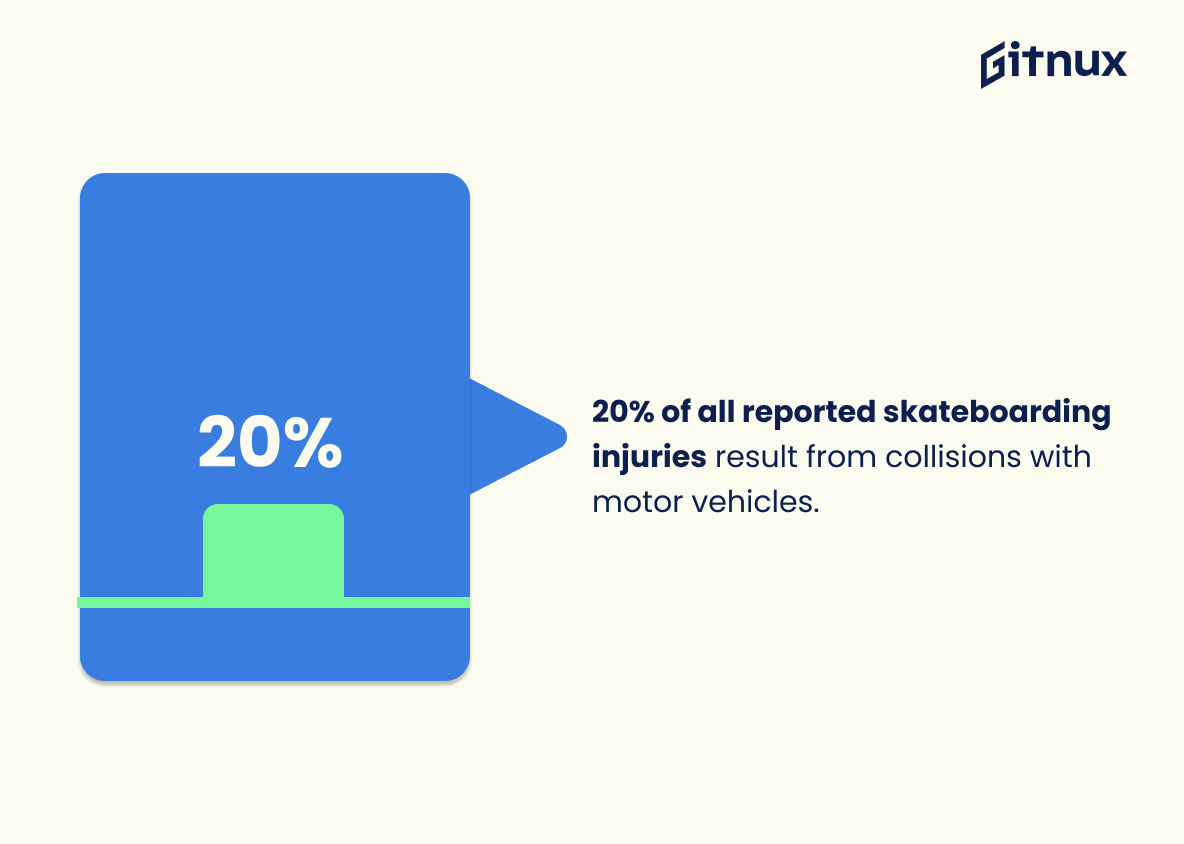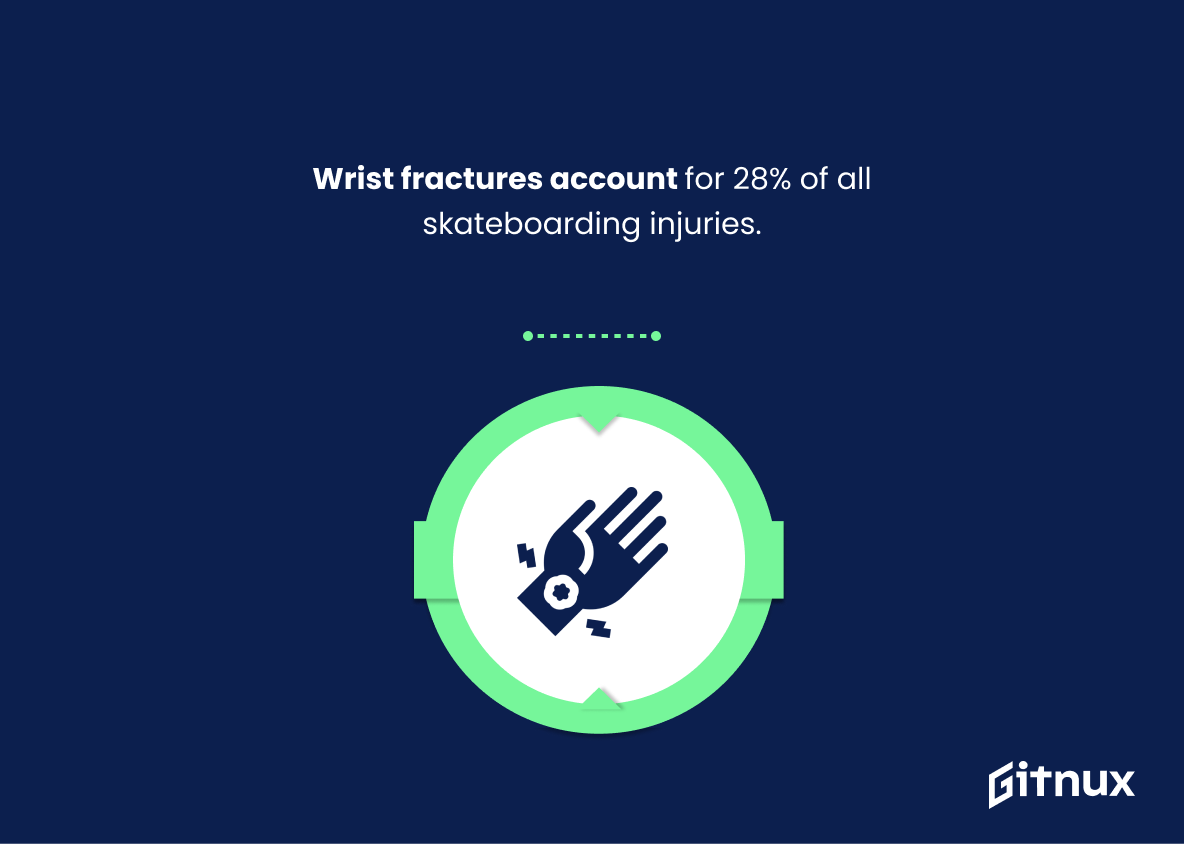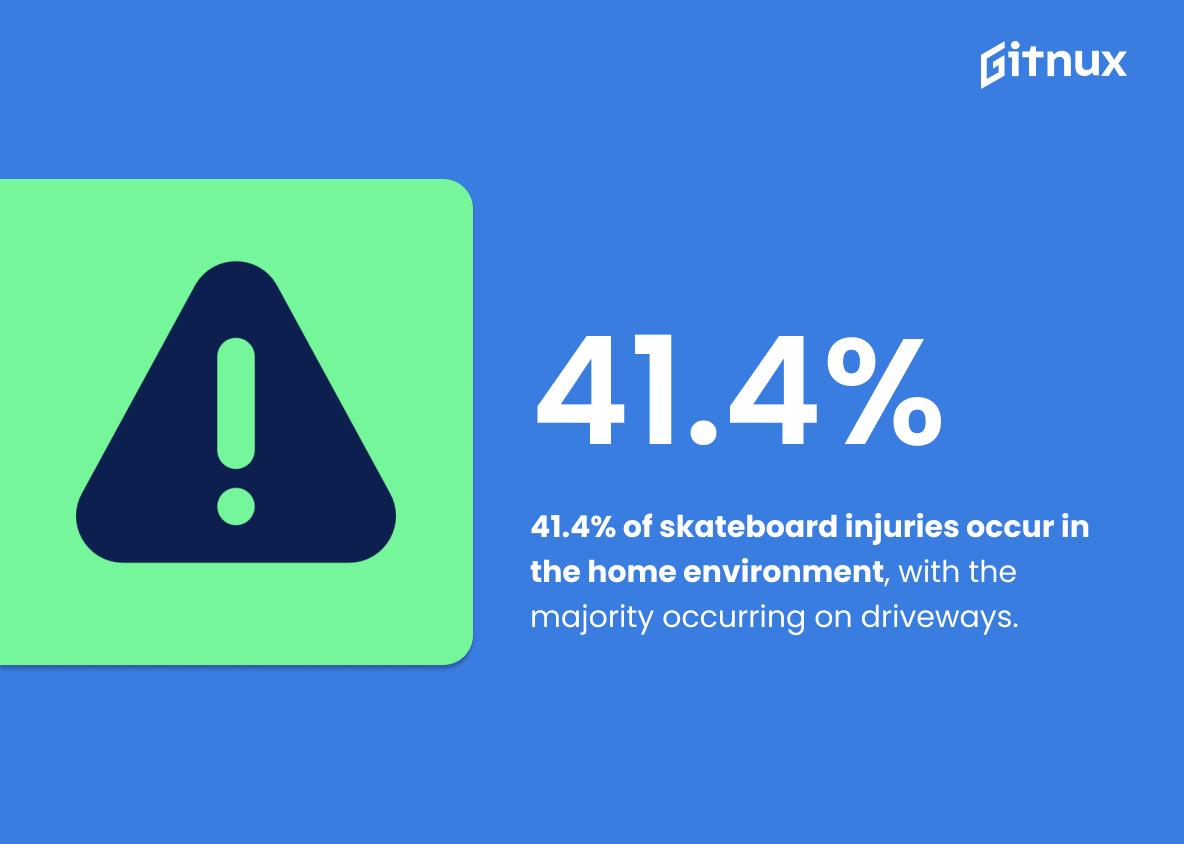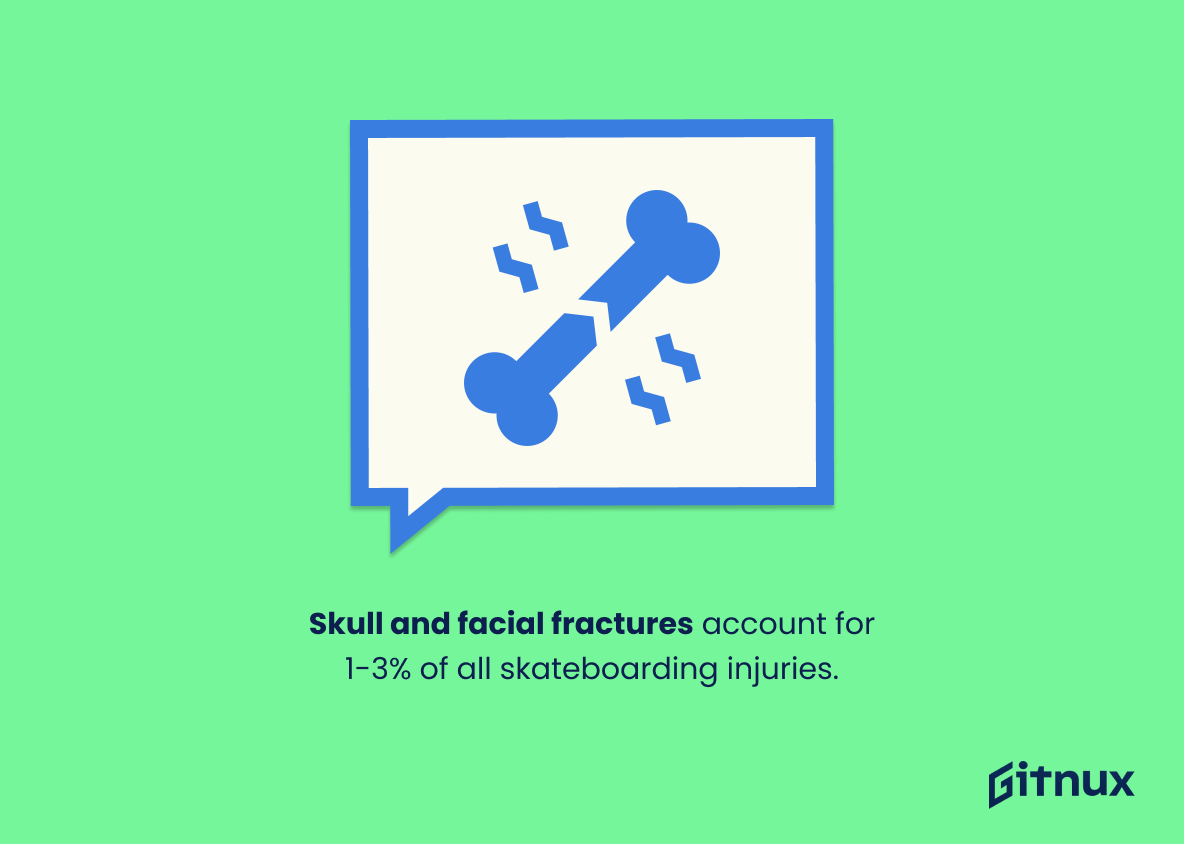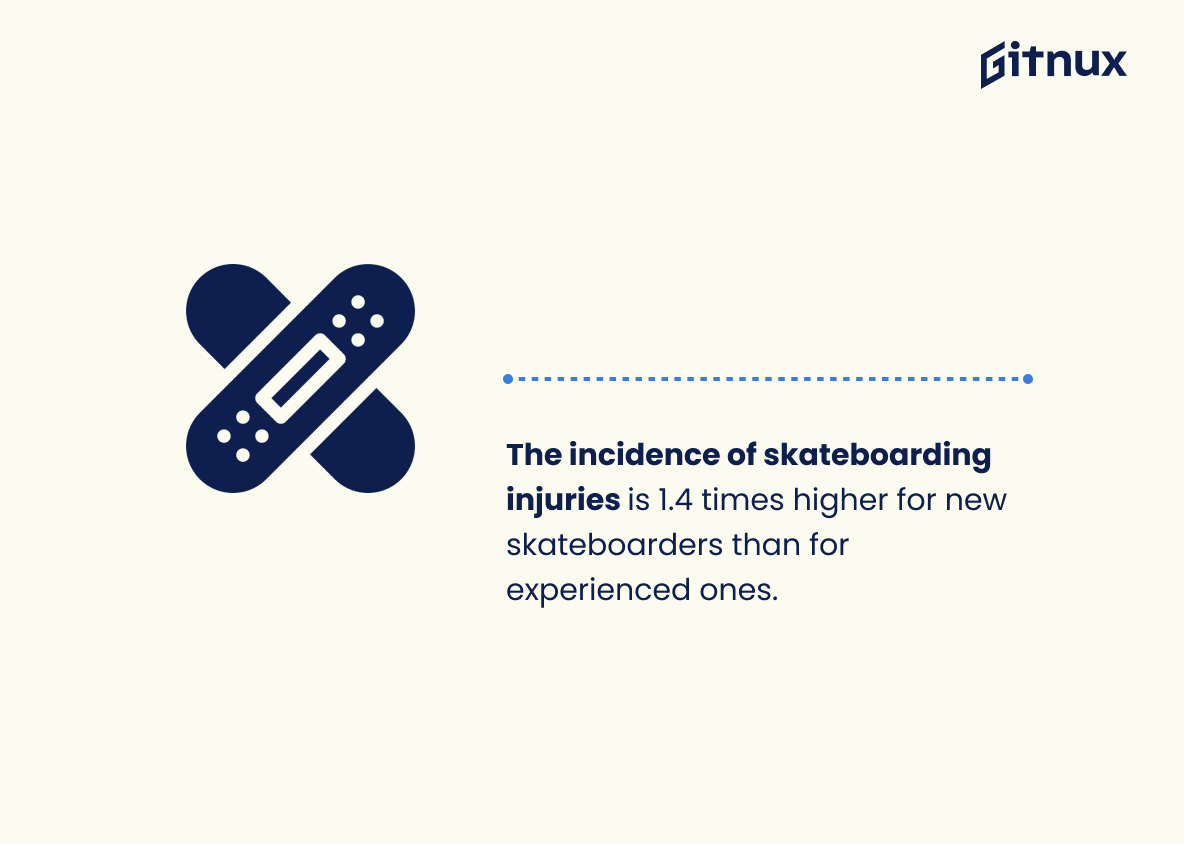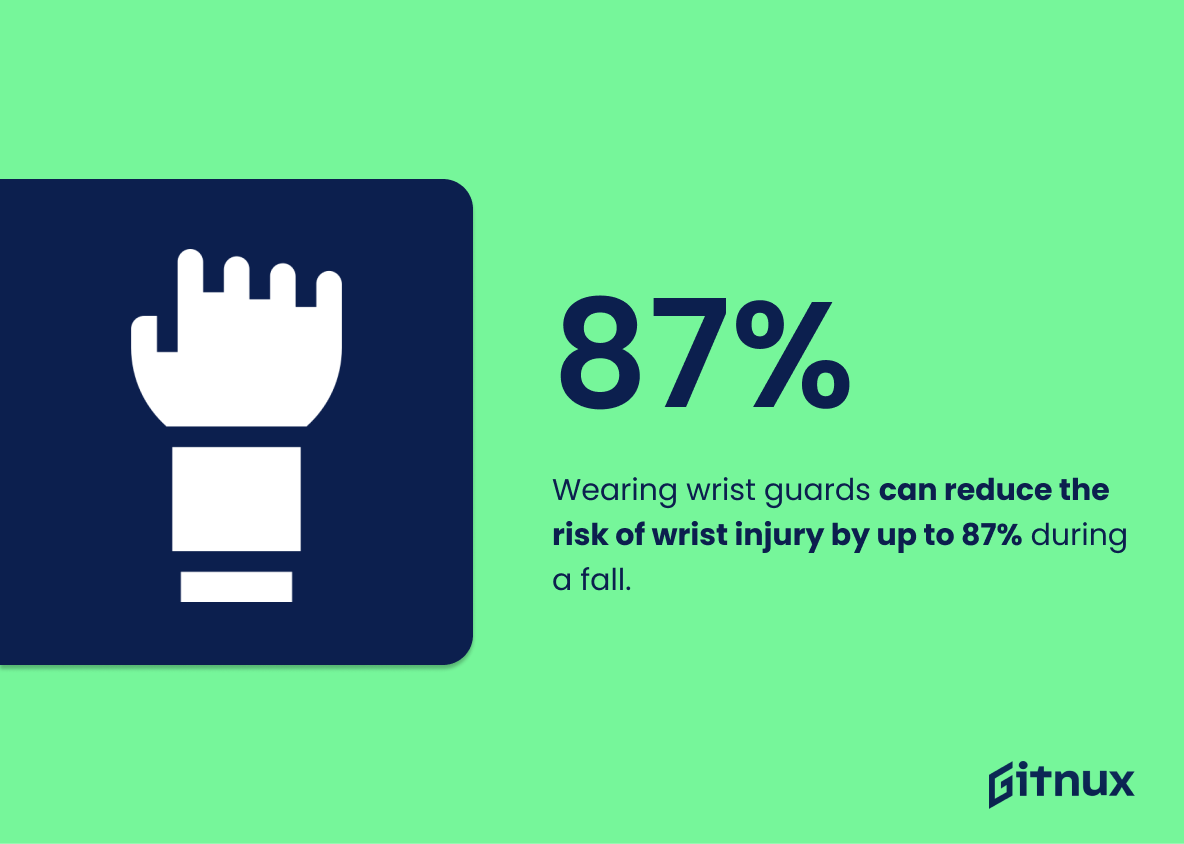Skateboarding is a popular activity for people of all ages, but it can also be dangerous. To help keep skateboarders safe, it’s important to understand the safety statistics associated with this sport. This blog post will explore 20 different skateboarding safety statistics from various sources that provide insight into how often injuries occur and what protective gear should be worn while skating. We’ll look at who is most likely to experience an injury, where they are most likely to happen, and which types of injuries are common among skateboarders. Finally, we’ll discuss ways in which skaters can reduce their risk of serious injury by wearing proper protective equipment and learning how to fall correctly.
Skateboarding Safety Statistics Overview
Boys experience 89% of skateboard-related injuries, while girls experience 11%.
This statistic is a stark reminder of the gender disparity in skateboarding safety. It highlights the need for greater awareness and education about skateboarding safety among boys, as well as the need for more girls to be encouraged to take up skateboarding. It also serves as a call to action for skateboarding safety advocates to ensure that both boys and girls are equally protected from skateboarding-related injuries.
Ankle sprain is the most common skateboard injury, accounting for approximately 29% of all skateboarding injuries.
This statistic is a stark reminder of the importance of skateboarding safety. It highlights the fact that ankle sprains are the most common skateboarding injury, and that they should be taken seriously. It also serves as a warning to those who are new to skateboarding, or those who are not taking the necessary precautions to protect themselves while skateboarding. Knowing this statistic can help skaters make informed decisions about their safety and help them avoid becoming a statistic themselves.
Around 70% of skateboarders wear, at least sometimes, some type of protective gear.
This statistic is a powerful reminder of the importance of skateboarders wearing protective gear. It shows that the majority of skateboarders recognize the need for safety and are taking the necessary precautions to protect themselves. This statistic is a testament to the skateboarding community’s commitment to safety and serves as a reminder to all skateboarders to always wear protective gear.
20% of all reported skateboarding injuries result from collisions with motor vehicles.
This statistic serves as a stark reminder of the potential danger skateboarders face when sharing the roads with motor vehicles. It highlights the importance of skateboarders taking extra precautions when riding near traffic, such as wearing protective gear and being aware of their surroundings.
Wrist fractures account for 28% of all skateboarding injuries.
This statistic is a stark reminder of the importance of skateboarding safety. It highlights the fact that a significant portion of skateboarding injuries are due to wrist fractures, which can be prevented with the proper safety gear and techniques. This statistic serves as a warning to all skateboarders to take the necessary precautions to protect themselves and ensure their safety.
41.4% of skateboard injuries occur in the home environment, with the majority occurring on driveways.
This statistic is a stark reminder of the importance of skateboarding safety, particularly in the home environment. It highlights the need for skateboarders to be aware of their surroundings and to take extra precautions when skating in the driveway or other areas of the home. It also serves as a warning to parents and guardians to ensure that their children are properly supervised when skateboarding in the home environment, as the majority of skateboard injuries occur in this setting.
Skull and facial fractures account for 1-3% of all skateboarding injuries.
This statistic is a crucial reminder of the importance of wearing protective gear when skateboarding. Even though skull and facial fractures only account for a small percentage of skateboarding injuries, the consequences of such injuries can be severe and long-lasting. Therefore, it is essential to take the necessary precautions to ensure that skateboarders are properly protected while they are on the board.
The incidence of skateboarding injuries is 1.4 times higher for new skateboarders than for experienced ones.
This statistic is a stark reminder of the importance of proper safety precautions for new skateboarders. It highlights the need for experienced skateboarders to take the time to teach new riders the basics of skateboarding safety, as well as the importance of wearing protective gear. It also serves as a warning to those who are just starting out that they should take extra care to ensure their safety while learning the sport.
Approximately 1 in 4 skateboard injuries is a repeat injury.
This statistic serves as a stark reminder that skateboarding can be a dangerous activity, particularly for those who have already experienced an injury. It highlights the importance of taking the necessary safety precautions to prevent repeat injuries, and encourages skateboarders to be mindful of their own safety.
Learning to fall correctly can reduce the risk of serious injury by up to 85%.
This statistic is a powerful reminder of the importance of learning to fall correctly when skateboarding. With the potential to reduce the risk of serious injury by up to 85%, it is clear that mastering the art of falling safely is a key component of staying safe while skateboarding.
Wearing wrist guards can reduce the risk of wrist injury by up to 87% during a fall.
This statistic is a powerful reminder of the importance of wearing wrist guards when skateboarding. With the potential to reduce the risk of wrist injury by up to 87%, it’s clear that wrist guards are an essential piece of safety equipment for any skateboarder.
Wearing a helmet can reduce the risk of head injuries by 85%.
This statistic is a powerful reminder of the importance of wearing a helmet when skateboarding. With an 85% reduction in the risk of head injuries, it’s clear that helmets are an essential piece of safety equipment for skateboarders. Not only do helmets protect the head from serious injury, but they also provide peace of mind for skateboarders and their families.
Conclusion
Skateboarding is a popular activity among children and teenagers, but it can also be dangerous. According to statistics from various sources, 50% of skateboard injuries involve people under the age of 15; 78.5% of skateboarders use helmets; 25,000 skateboard-related injuries are treated in US hospitals annually; boys experience 89% of all such injuries while girls account for 11%; 6.2% out of 106,460 cases reported by NEISS were caused by skateboards in 2019; ankle sprains make up 29%, wrist fractures 28%, head injury 17%, skull/facial fracture 1-3%; 65% occur due to loss balance and 20 % due collisions with motor vehicles respectively; 41.4 % take place at home environment on driveways or streets (58%) or parks (42%); Australian hospitalization rate stands at 534 per 100K population whereas newbies have higher incidence than experienced ones -1:4 ratio & repeat injury accounts for 1/4th ; wearing protective gear like helmet(85%), wrist guards(87%) & learning how to fall correctly reduces risk significantly (up to 85%). It is important that parents ensure their kids wear safety equipment when they go skating as well as teach them proper techniques so that they can enjoy this sport safely without any major risks involved.
References
0. – https://www.www.ncbi.nlm.nih.gov
1. – https://www.pubmed.ncbi.nlm.nih.gov
2. – https://www.orthoinfo.aaos.org
3. – https://www.skateboardsafety.org
4. – https://www.www.aafp.org
5. – https://www.www.researchgate.net
6. – https://www.emedicine.medscape.com
7. – https://www.www.helmets.org
8. – https://www.www.nsc.org
9. – https://www.www.hoffmannpersonalinjury.com
